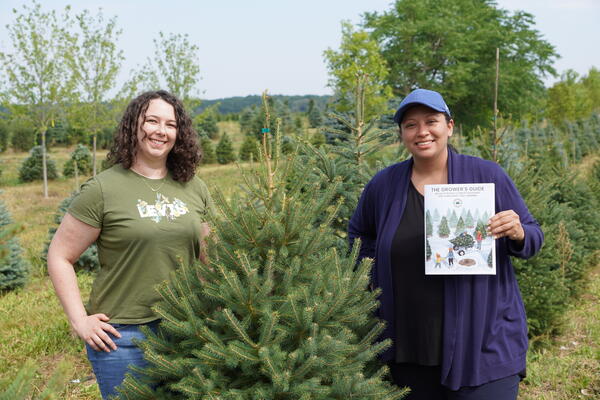University of Waterloo researchers bring gauges, satellites and their own keen eyes to the study of climate change. They are also using another tool — numbers.
By feeding patterns and probabilities into computers, researchers can create numerical weather.
“I would say I spend 95 per cent of my time looking at the model world rather than the real world,’’ says Christopher Fletcher, assistant professor in geography and environmental management. “Things are generally cleaner and clearer when you’re using computer models as laboratories.”
In Fletcher’s computer world, volcanoes don’t erupt, setting off a chain of weird climatic events all over Europe, unless he wants them to.
Using his models, he can test the impact of doubling carbon dioxide concentrations in the atmosphere. What would happen to the ocean, land surface, vegetation, snowfalls and ice accumulation? Running simulations can help him see possible outcomes.
The results show connectivity among distant climatic events. By warming waters in virtual Pacific and Indian oceans, Fletcher created surprising different responses in the mid-latitudes of North America.
It’s important information the world will need as climate change alters what we eat, where we’ll live and how we’ll earn a living.

 “I would say I spend 95 per cent of my time looking at the model world rather than the real world,’’ says Christopher Fletcher, assistant professor in geography and environmental management. “Things are generally cleaner and clearer when you’re using computer models as laboratories.”
“I would say I spend 95 per cent of my time looking at the model world rather than the real world,’’ says Christopher Fletcher, assistant professor in geography and environmental management. “Things are generally cleaner and clearer when you’re using computer models as laboratories.”






